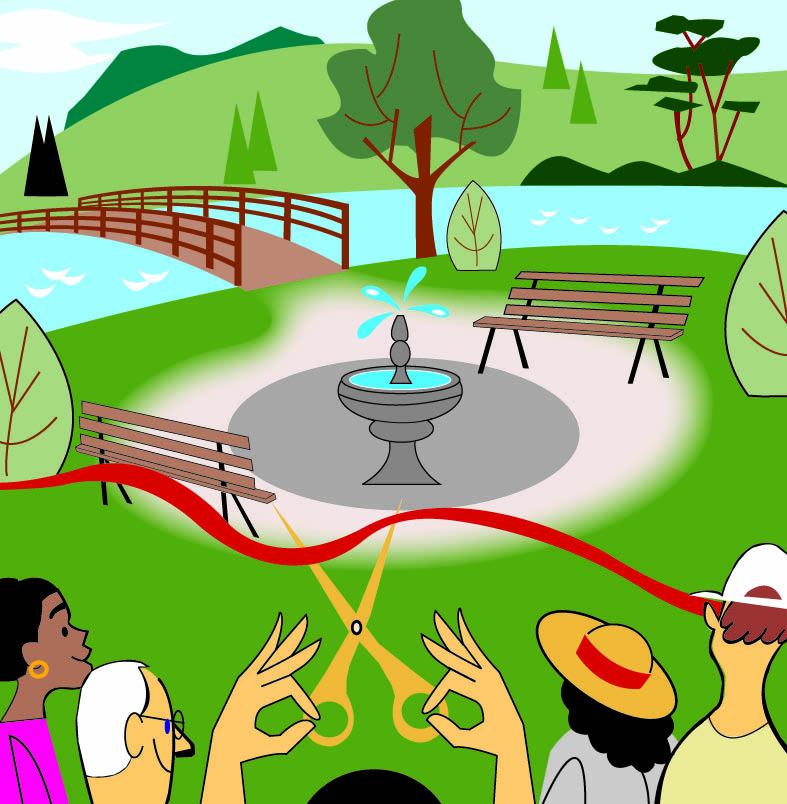SUBSCRIBE
Enter your Name and Email address to get
the newsletter delivered to your inbox.
Please include name of person that directed you to my online newsletter so I can thank them personally.
Anthony Penree
Financial Advisor
LTM Marketing Solutions, LLC
1060 Broadway #1161
Albany, NY 12204
Phone: 518-870-1081
Email: apenree@ltmclientmarketing.com
Website: ltmclientmarketing.com

Split interest trusts are created to provide for both charitable and non-charitable beneficiaries. Donors can support an organization or a cause while still arranging for themselves or their loved ones to benefit from the assets placed in the trust.
Enter your Name and Email address to get
the newsletter delivered to your inbox.
Please include name of person that directed you to my online newsletter so I can thank them personally.
Enter your Name, Email Address and a short message. We'll respond to you as soon as possible.
ABC Company and LTM Marketing Solutions, LLC are unrelated companies. This publication was prepared for the publication’s provider by LTM Marketing Solutions, LLC, an unrelated third party. Articles are not written or produced by the named representative. * Securities offered through ABC Company, Member SIPC, 1060 Broadway #1161, Albany, NY 12204.
The information and opinions contained in this web site are obtained from sources believed to be reliable, but their accuracy cannot be guaranteed. The publishers assume no responsibility for errors and omissions or for any damages resulting from the use of the published information. This web site is published with the understanding that it does not render legal, accounting, financial, or other professional advice. Whole or partial reproduction of this web site is forbidden without the written permission of the publisher.